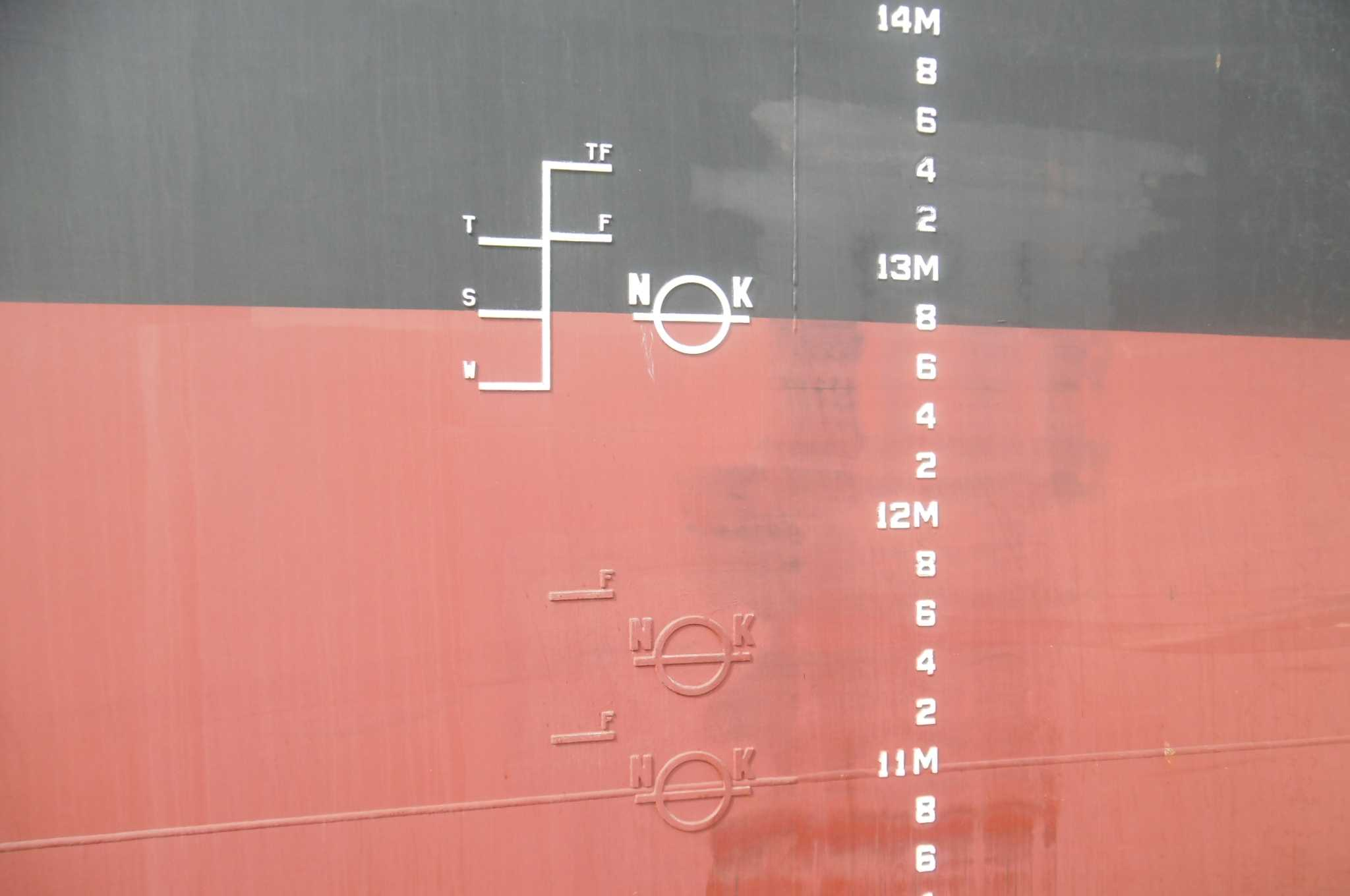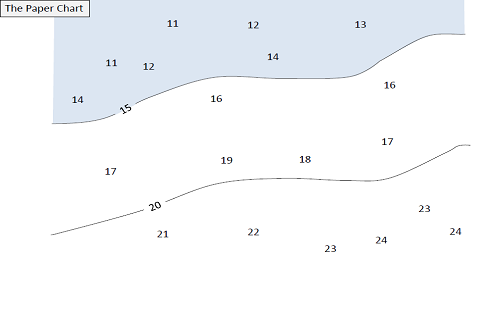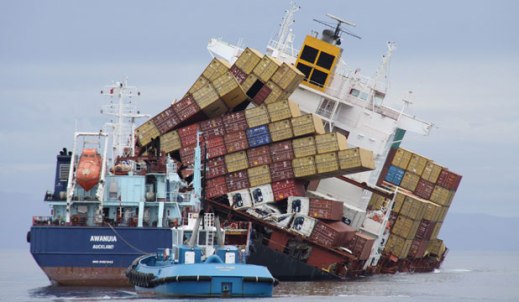Multiple Load lines
Multiple Load-lines : Purpose : They are used when, for a period of time the vessel has to operate temporarily with a greater freeboard in accordance with the International Load-Line regulations. – A number of ports have special requirements for maximum draft and deadweight for ship’s









